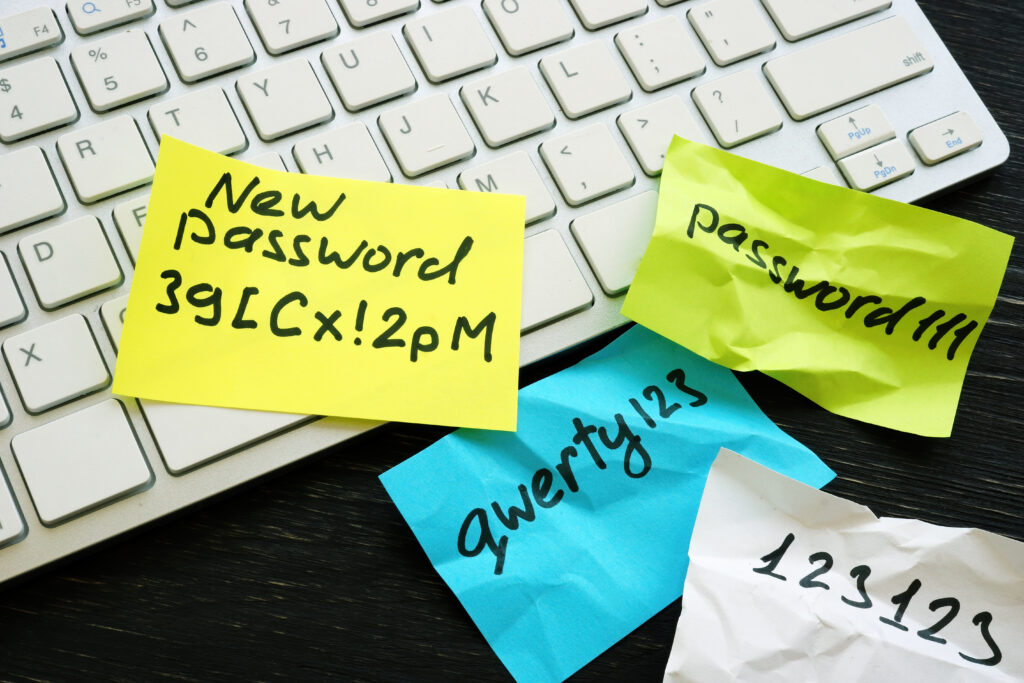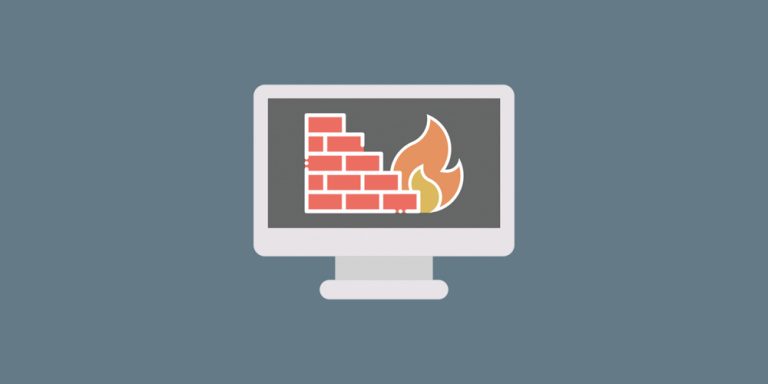
Since we’re on the subject of lost WordPress passwords, we thought it would be worth sharing some of the latest info on password security best practices. That’s because your WordPress login credentials are your website’s first line of defense. This is why you may hear advice to change your username and password after creating a new WordPress installation.
Of course, generating strong WordPress passwords is just one of many ways you can safeguard your website. However, it’s an important step that shouldn’t be overlooked.
There are both active and passive measures you can take to heighten the security of your passwords, and best practices you can follow to reduce the likelihood of unwanted agents infiltrating your website.
Relying on lax password and security practices leaves your site more susceptible to brute-force attacks. If you’re unfamiliar, a brute force attack is when hackers use aggressive and sophisticated techniques to ‘guess’ a password until they gain entry. The weaker your credentials (specifically, your password!), the easier it is for hackers to infiltrate your site, steal information, and damage your website’s files.
In addition to creating and using strong passwords for your WordPress account, there are other preventive steps you can take to safeguard your site. For example, in addition to password-protecting specific pages and posts, you can also use a password manager, security plugin, and other tools to add even more layers of protection.
The first step is learning how WordPress passwords work, which features come built-in with the Content Management System (CMS), and how to execute the most important password-related tasks. Then you can also start learning about some of the top WordPress password security plugins, tools, and best practices to use.
We actually wrote this 21-step checklist to ensure a 99.9% secure WordPress website:






